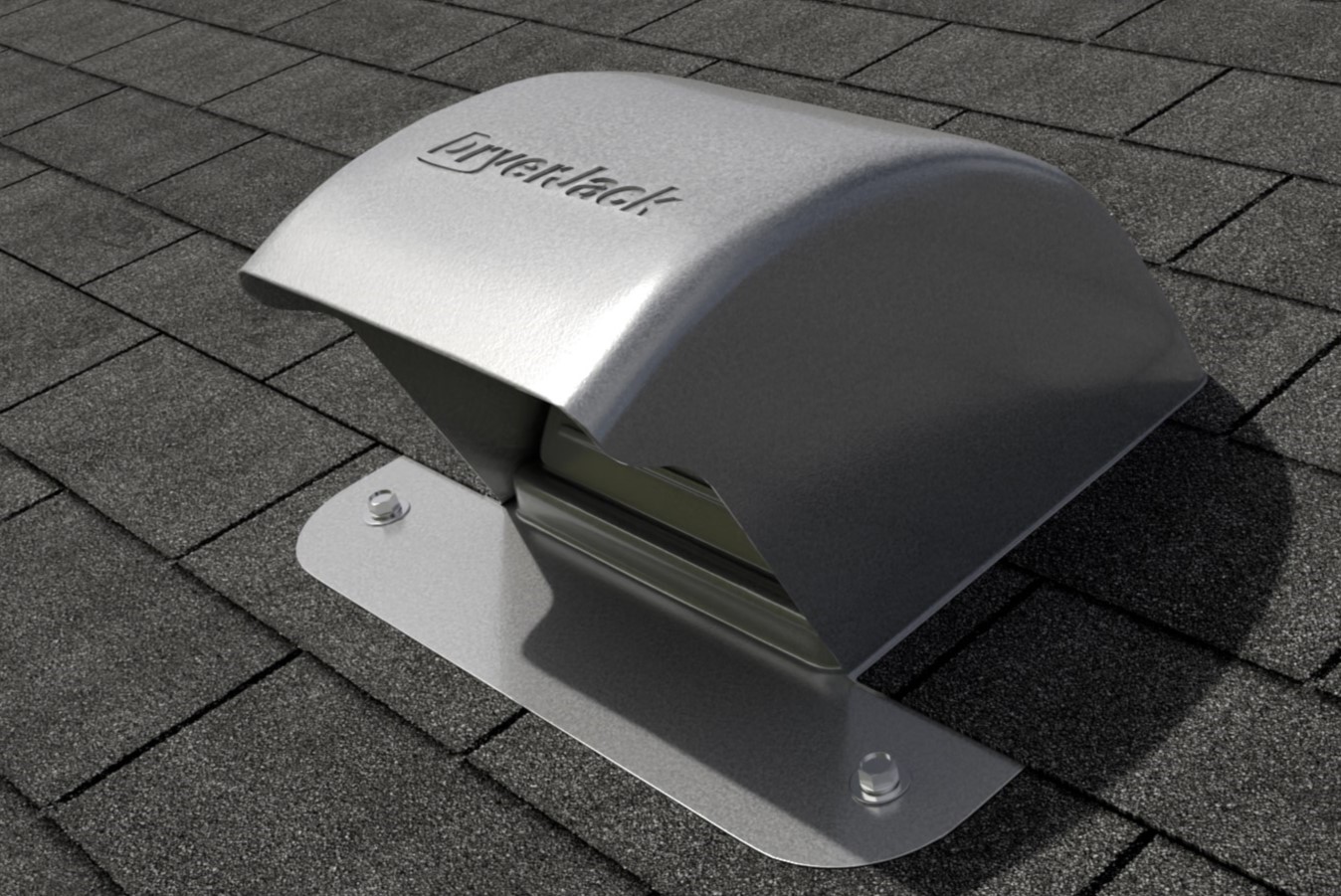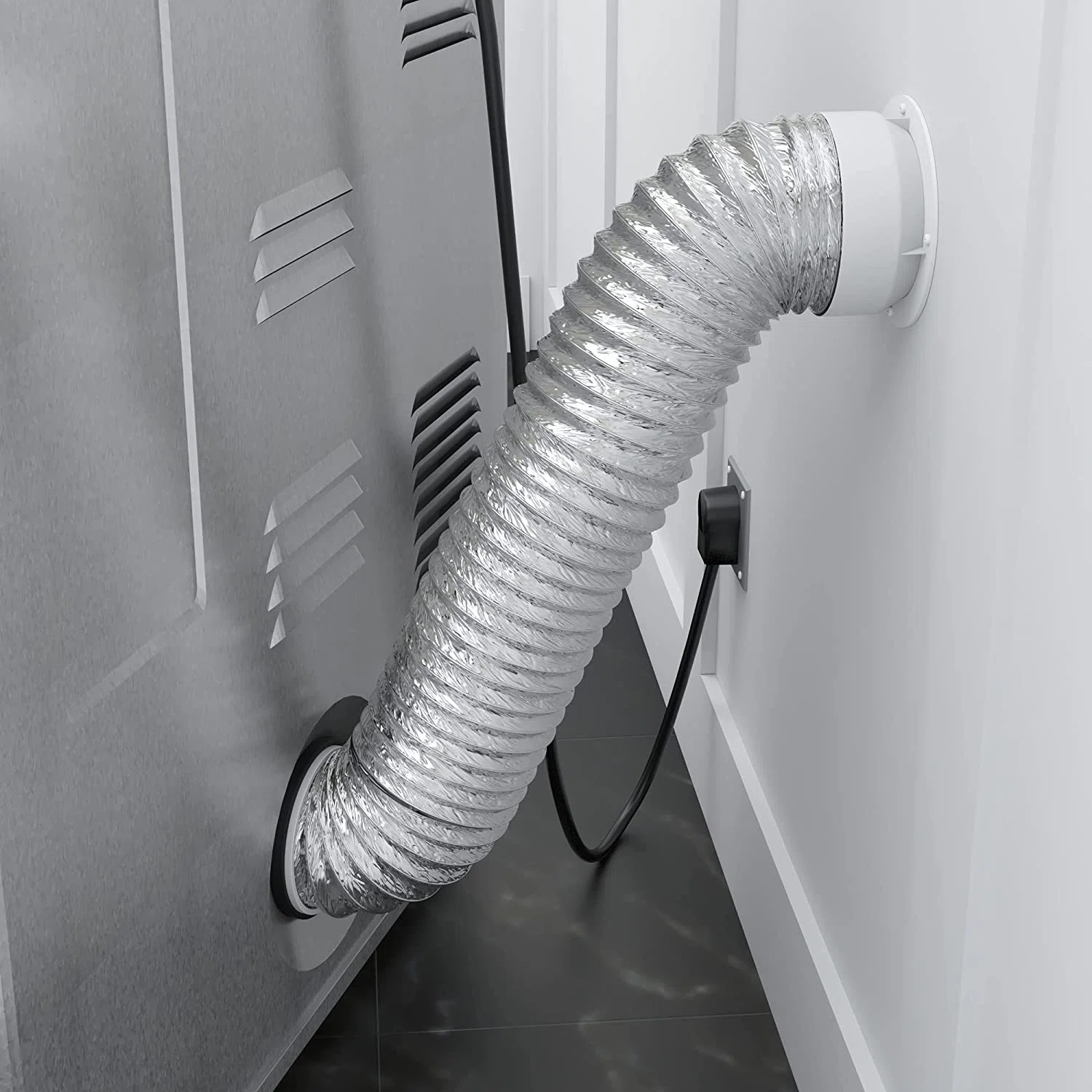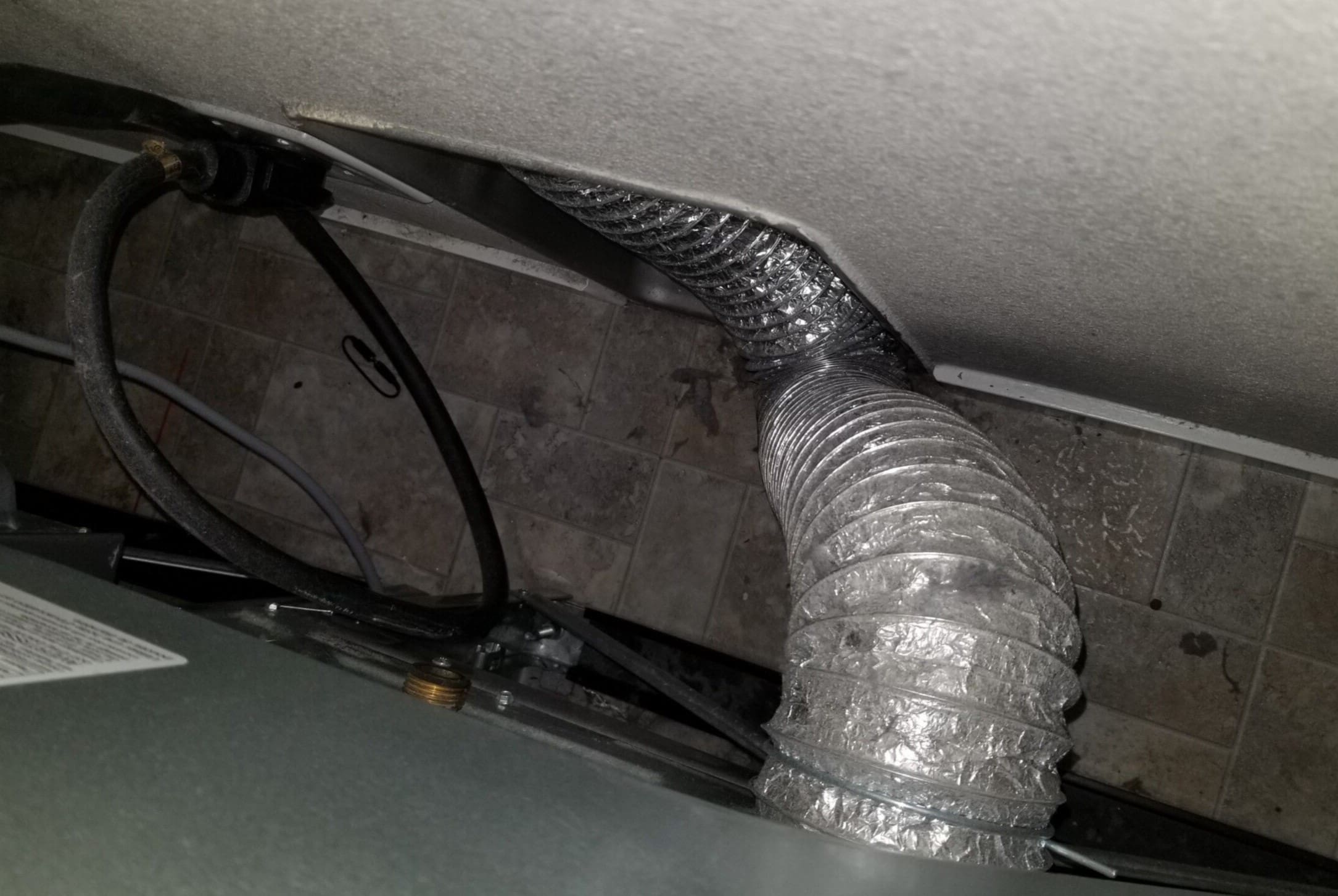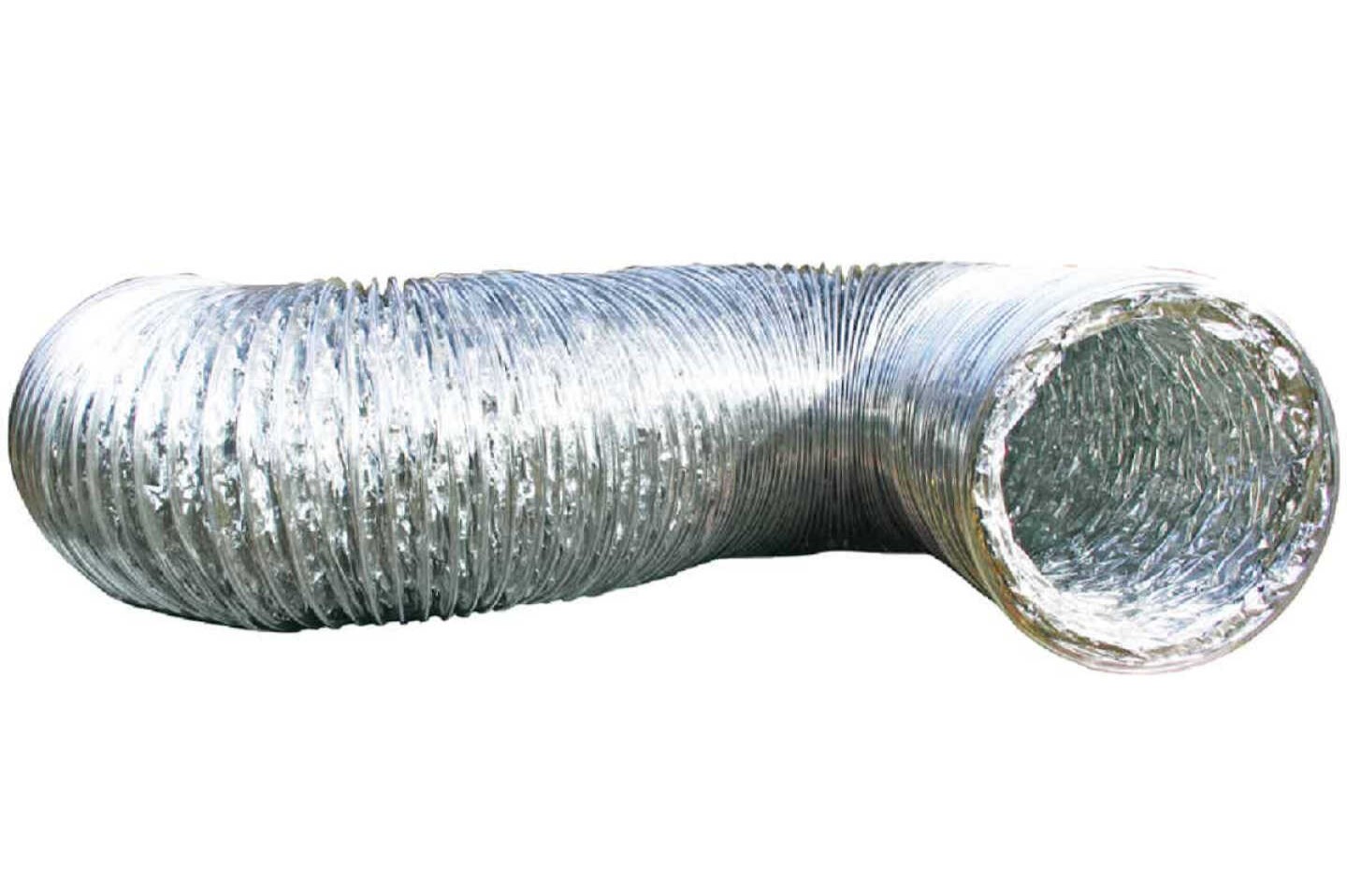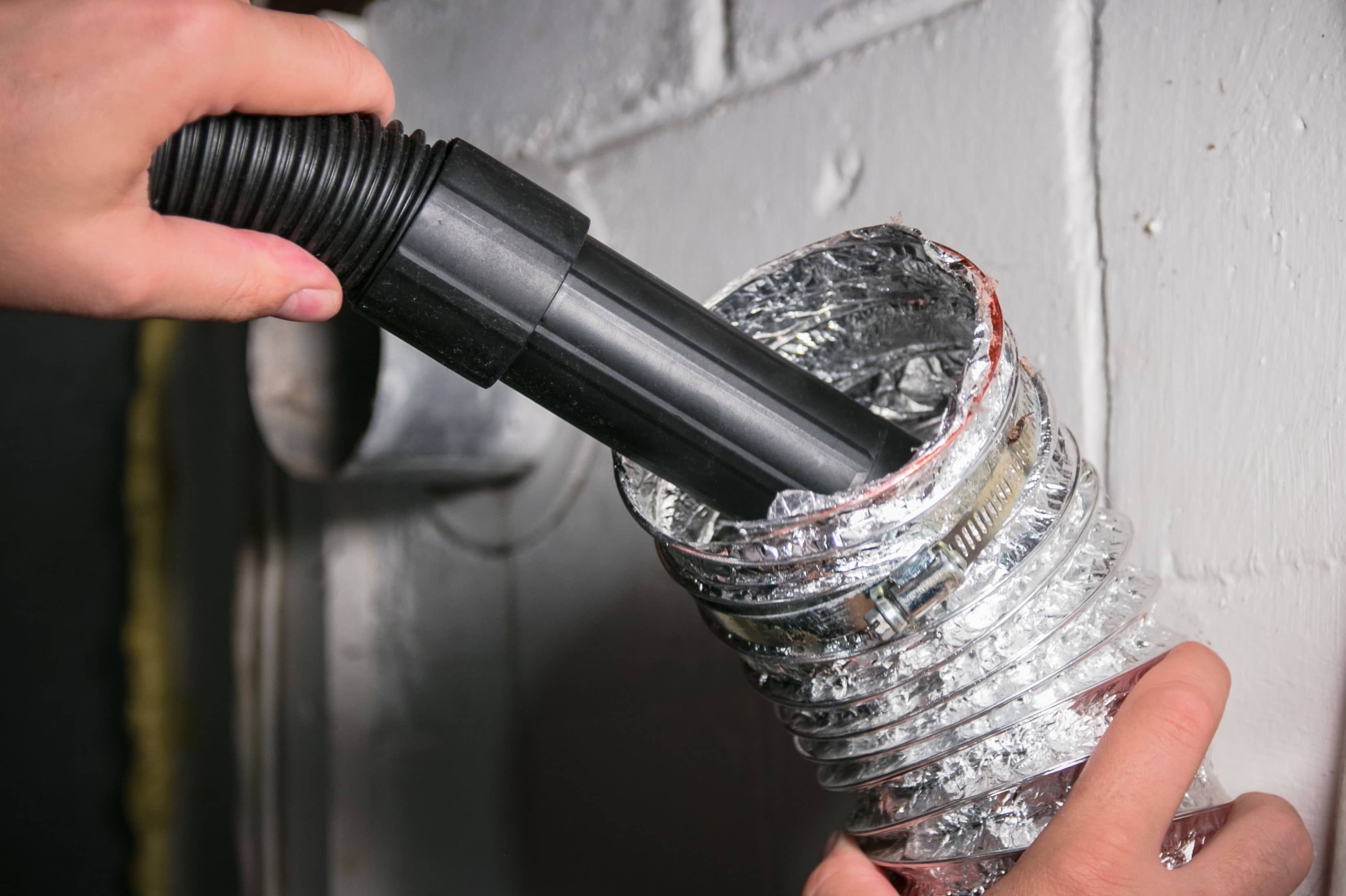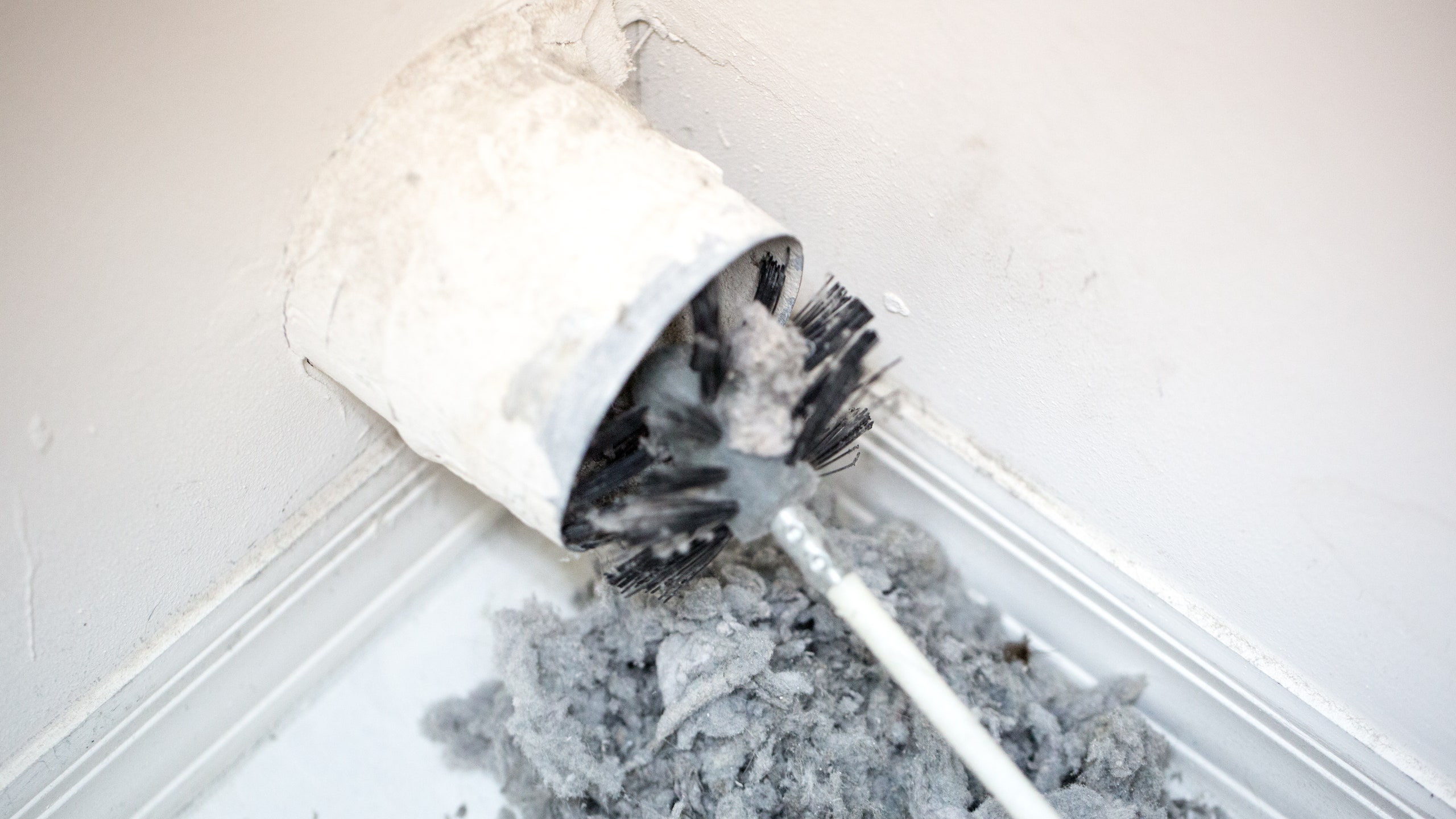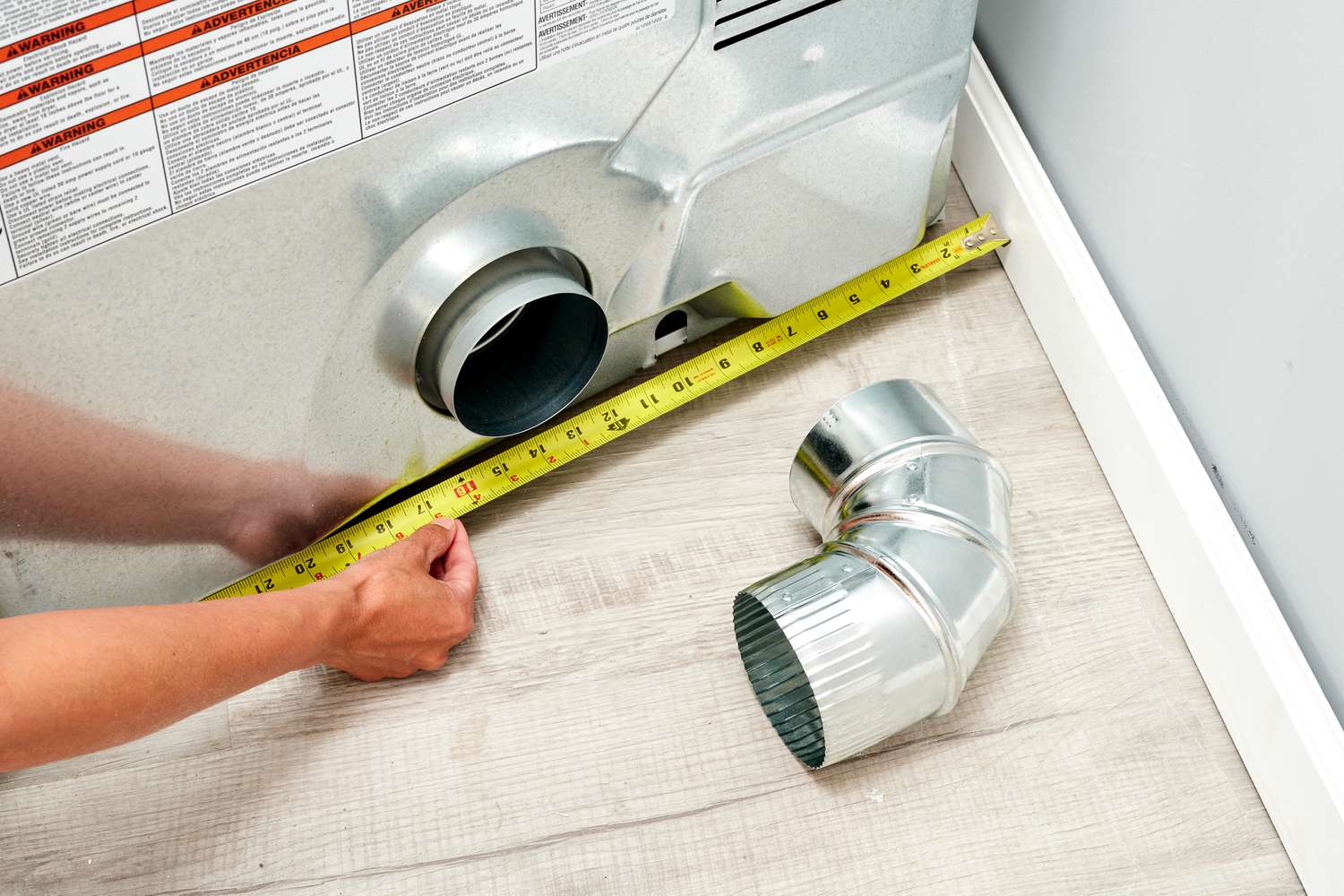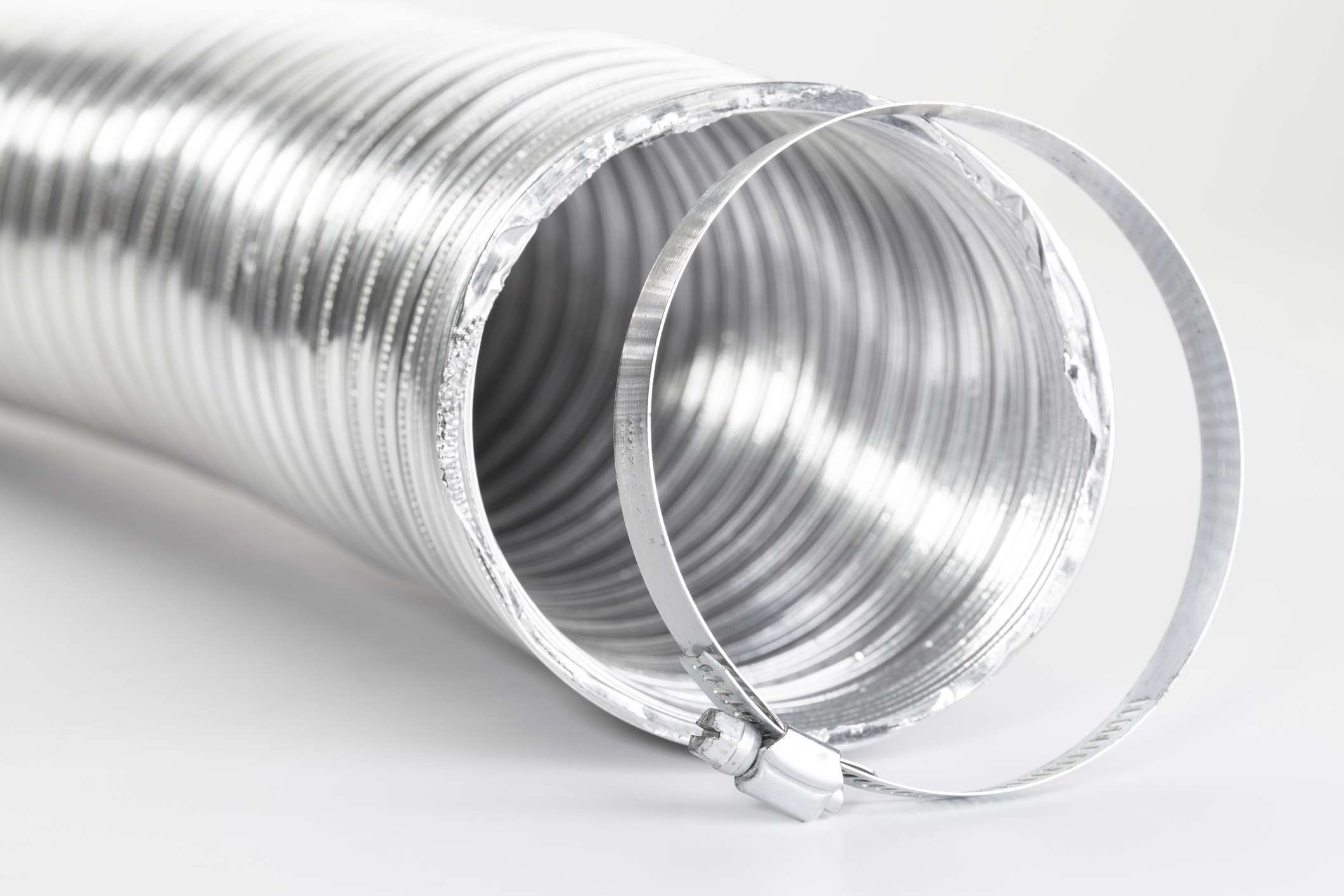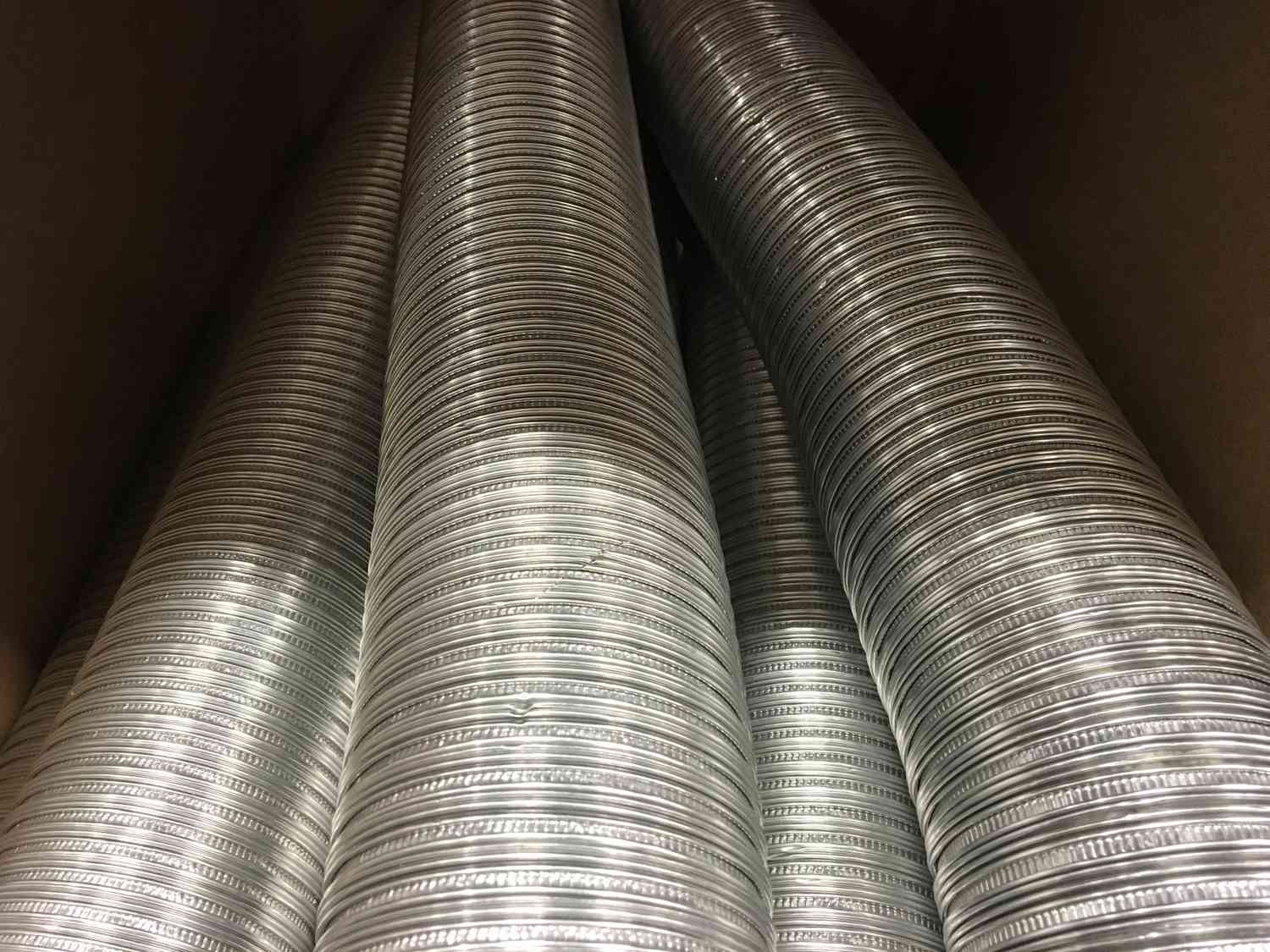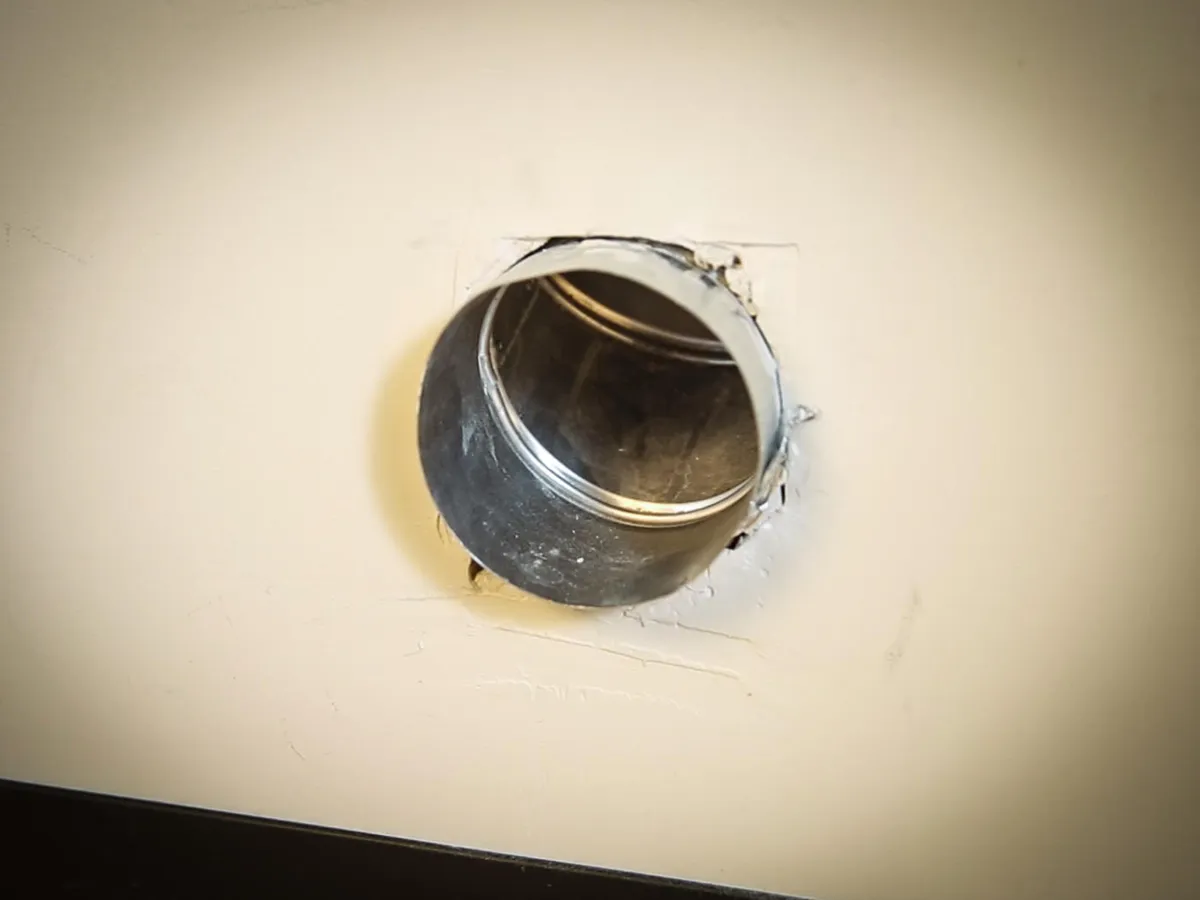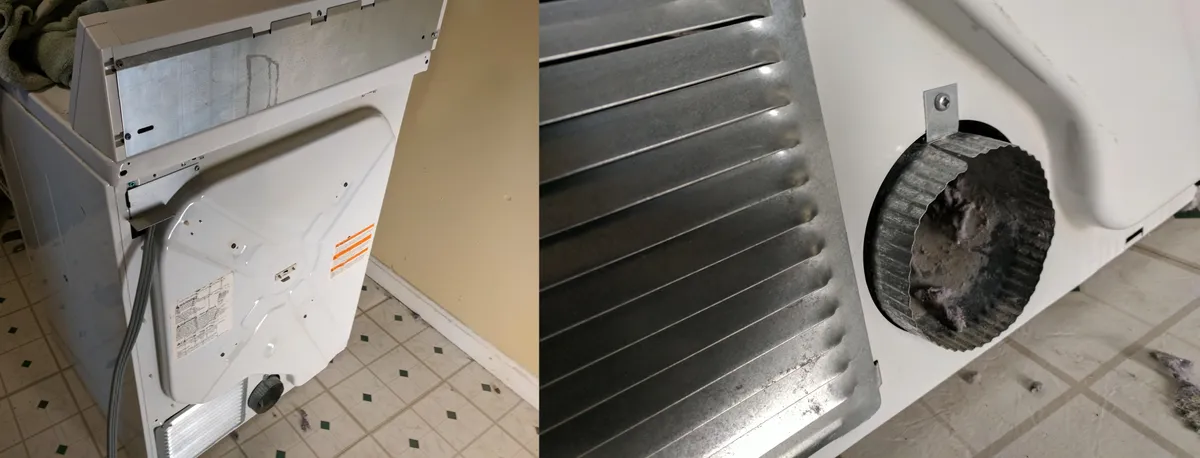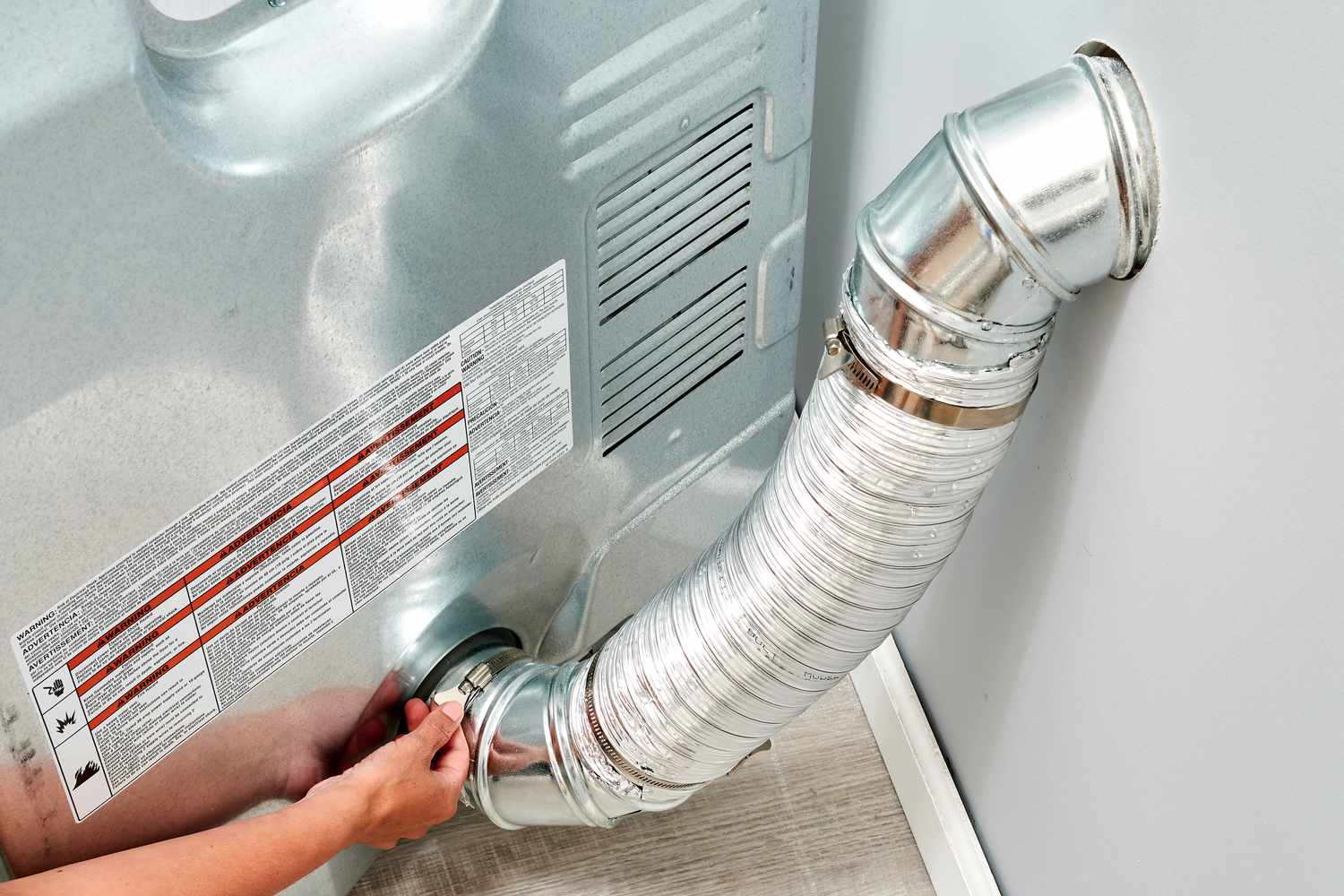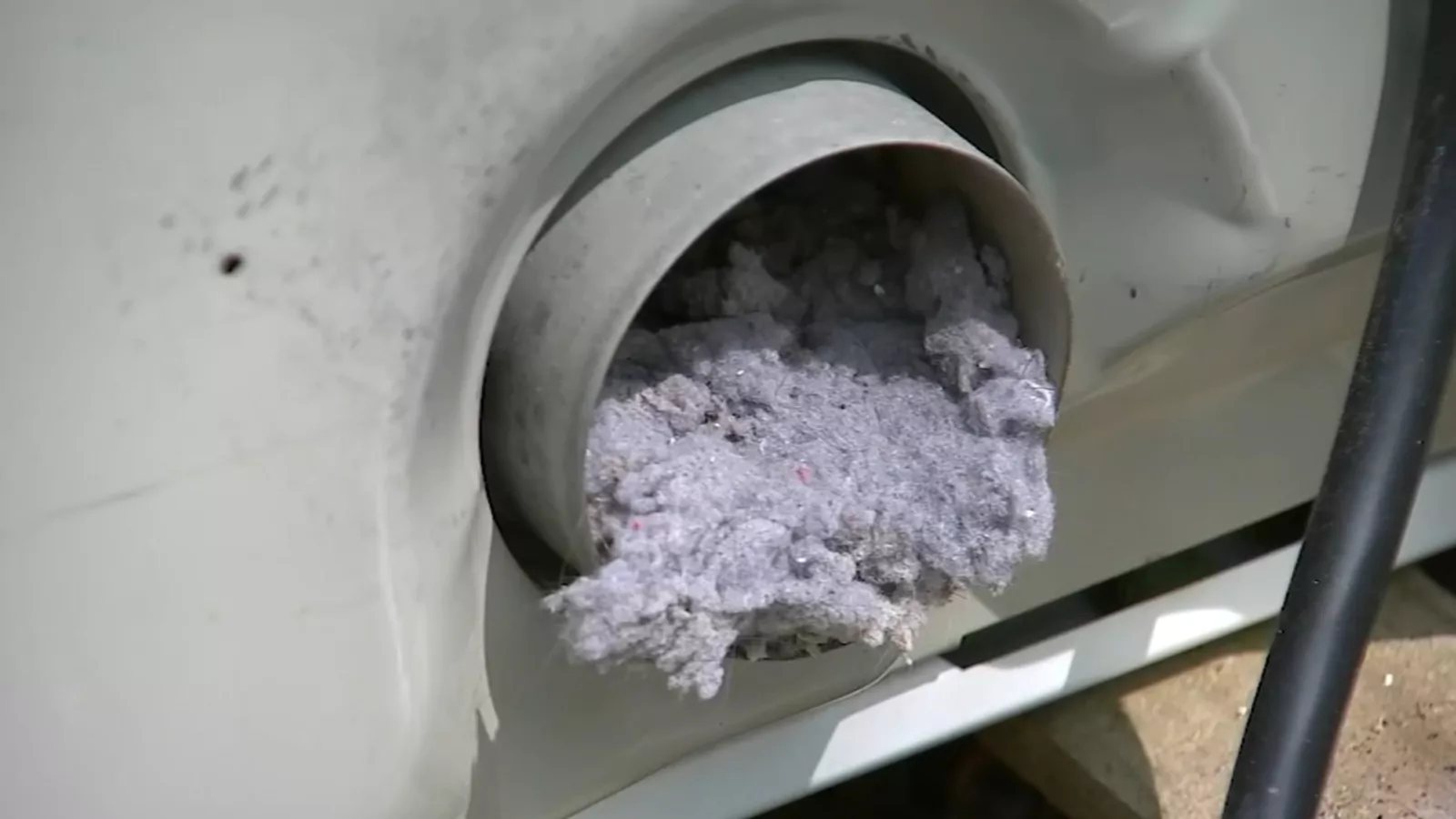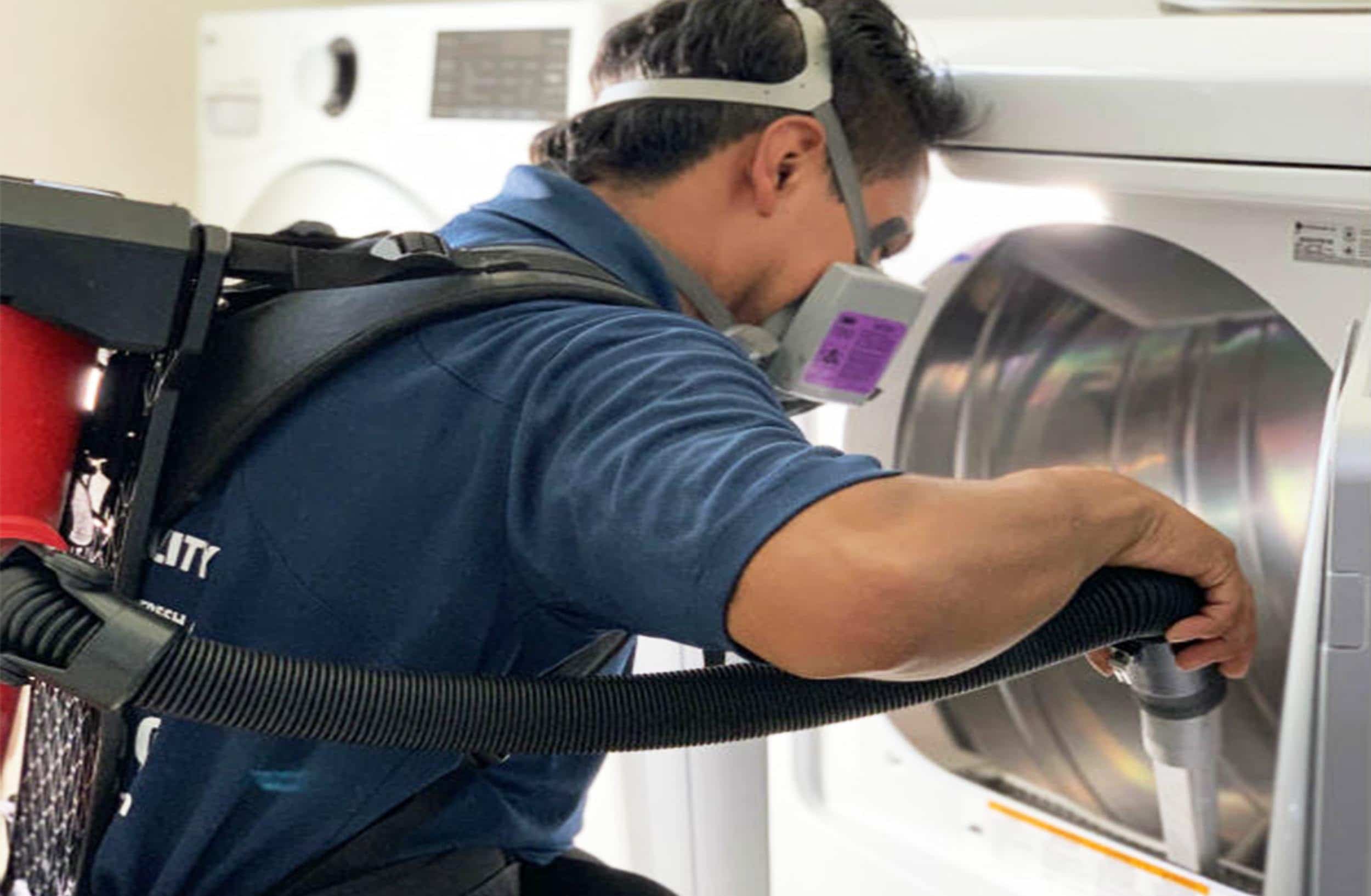Home>Home Maintenance>What Does A Dryer Vent Do
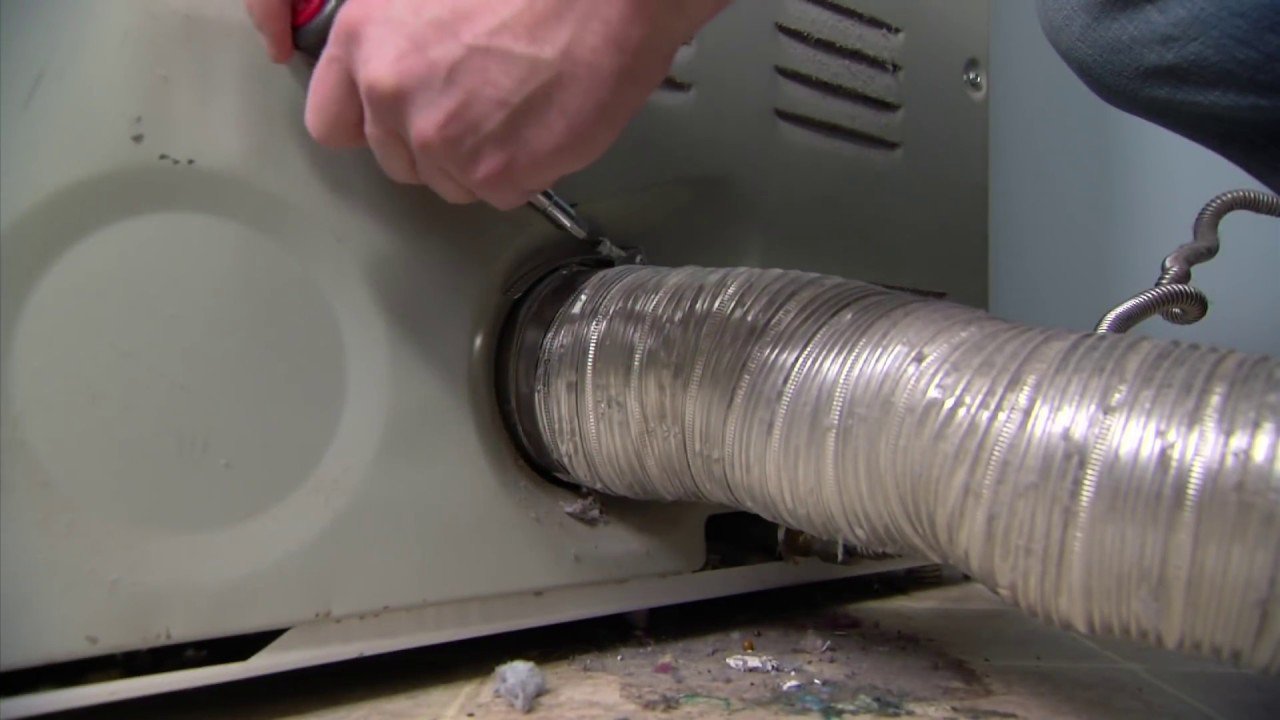

Home Maintenance
What Does A Dryer Vent Do
Modified: October 27, 2024
Learn about the importance of dryer vent maintenance for your home. Find out how a dryer vent works and why regular cleaning is necessary.
(Many of the links in this article redirect to a specific reviewed product. Your purchase of these products through affiliate links helps to generate commission for Storables.com, at no extra cost. Learn more)
Introduction
Welcome to our comprehensive guide on dryer vents! In this article, we will explore the purpose and importance of a dryer vent, how it works, signs of a clogged vent, and tips on maintaining it. As homeowners, it is essential to have a good understanding of our appliances and their maintenance needs, including the often overlooked dryer vent.
When it comes to home maintenance, many homeowners focus on tasks such as cleaning gutters or changing air filters, but the dryer vent is frequently neglected. However, a properly functioning dryer vent is crucial for the efficient and safe operation of your dryer.
A dryer vent serves as an exhaust system for your dryer, carrying out hot, humid air and lint particles to the outside of your home. Without a functioning vent, the hot air and moisture produced during the drying process would accumulate inside your home, leading to potential damage and health hazards.
So, how does a dryer vent work? Let’s delve deeper into the mechanics of this essential component.
Key Takeaways:
- Don’t overlook your dryer vent! It expels hot air, moisture, and lint from your dryer, preventing damage and fire hazards. Regular maintenance ensures a safe and efficient drying process.
- Look out for signs of a clogged vent, like longer drying times and unusual odors. Keep the vent clean and clear to maintain a healthy and efficient dryer system.
Read more: What Is A Dryer Vent
Purpose of a Dryer Vent
The primary purpose of a dryer vent is to safely remove hot air, moisture, and lint from your dryer to the outside of your home. When you turn on your dryer, it creates a significant amount of heat as it tumbles your clothes. This heat, combined with the moisture and lint generated from the drying process, needs to be effectively vented outside.
By venting the hot air and moisture outside, a dryer vent prevents the buildup of excess humidity and heat within your home. This not only helps maintain a comfortable living environment but also avoids potential damage to your home’s structural integrity. Excess humidity can lead to mold growth, moisture damage to walls and ceilings, and even compromise the quality of indoor air.
In addition to removing moisture and heat, a properly functioning dryer vent also eliminates lint, a byproduct of the drying process. Lint is a highly flammable material that accumulates in the dryer’s lint trap and vent over time. If not properly removed, this accumulation can pose a fire hazard, putting your home and loved ones at risk.
By directing the hot air, moisture, and lint outside, a dryer vent ensures that your dryer operates efficiently and safely. It allows your dryer to maintain its optimal performance and prevents excessive wear and tear on the appliance itself. Moreover, a well-functioning dryer vent can also save you energy and reduce utility bills by allowing your dryer to operate more efficiently.
Understanding the purpose of a dryer vent is crucial for homeowners. In the next section, we will delve into the working mechanism of a dryer vent to provide a clearer picture of how it operates.
How a Dryer Vent Works
Understanding how a dryer vent works can help homeowners grasp the importance of proper maintenance and identify potential issues. A dryer vent is a duct or pipe that connects the exhaust outlet of a dryer to the outside of a home. This venting system allows the hot air, moisture, and lint produced during the drying cycle to be safely expelled outside.
When you turn on your dryer, hot air is generated by a heating element or gas burner. This hot air is then circulated through the drum, where it absorbs moisture from the wet clothes. As the hot air absorbs moisture, it becomes humid. At the end of the drying cycle, this hot and humid air needs to be expelled from the dryer.
The dryer vent is connected to the back of the dryer and serves as an exhaust pathway for the hot air and moisture. The vent pipe runs through the walls or floor of your home and ultimately terminates outside, allowing the air to escape. Along the vent pipe, there is usually a lint trap or screen that catches lint particles, preventing them from clogging the vent system.
Gravity and air pressure variations inside and outside the home play a significant role in the functioning of a dryer vent. When the dryer is turned on, a blower or fan creates negative pressure within the vent system. This negative pressure, along with the force of gravity, propels the hot air, moisture, and lint through the vent pipe and out of the home.
The dryer vent should be installed in a straight and unobstructed path to ensure smooth airflow. Any bends or restrictions in the vent pipe can impair the venting process, leading to reduced efficiency and potentially causing lint buildup or blockages.
It’s important to note that the length and type of vent pipe used can impact the performance of the dryer vent system. Shorter vent runs and rigid metal ducts are generally recommended for optimal airflow and minimum resistance. Additionally, regular cleaning and maintenance of the vent pipe and lint trap are essential to prevent clogs and maintain proper ventilation.
Now that we have a better understanding of how a dryer vent operates, let’s explore why it’s important to keep this vital component in good condition.
Importance of a Dryer Vent
The importance of a dryer vent cannot be overstated. It plays a crucial role in maintaining a safe and efficient drying process while protecting your home and loved ones from potential hazards.
One of the primary reasons why a properly functioning dryer vent is essential is because it helps prevent the buildup of excess heat and moisture inside your home. When hot air and moisture are not effectively vented outside, they can accumulate, leading to increased humidity levels and potential damage. Excess humidity can cause problems such as mold growth, peeling paint, warped wood, and even structural damage to your home.
In addition to excess humidity, a clogged or poorly maintained dryer vent can pose a fire hazard. Lint, a highly flammable material, builds up in the vent pipe and the dryer’s lint trap over time. If the vent becomes obstructed, the hot air cannot escape properly, causing the temperature to rise inside the vent. This combination of heat and lint can ignite a fire, resulting in property damage, injuries, or even loss of life.
A properly functioning dryer vent is crucial for the efficient operation of your dryer. When a vent is clogged or restricted, the drying process becomes less efficient, as the hot air and moisture cannot escape as intended. This leads to longer drying times and increased energy consumption. A blocked vent can also cause your dryer to overheat, potentially damaging the appliance and shortening its lifespan.
Furthermore, a well-maintained dryer vent helps improve the air quality in your home. When hot air and moisture are expelled outside, the spread of allergens, dust, and other particles is minimized. This is especially important for individuals who suffer from allergies or respiratory conditions.
Regular maintenance of your dryer vent is essential for its proper functioning. This includes cleaning the lint trap after each use and scheduling professional vent cleaning every 1-2 years, depending on usage. By keeping the vent clean and clear of debris, you can ensure that your dryer operates safely, efficiently, and with maximum performance.
Now that we understand the significance of a dryer vent, let’s explore some common signs that indicate a clogged or malfunctioning vent.
Regularly cleaning your dryer vent is essential to prevent lint buildup, which can lead to reduced efficiency and even pose a fire hazard. Make sure to clean the vent and exhaust duct at least once a year to keep your dryer running safely and efficiently.
Signs of a Clogged Dryer Vent
A clogged dryer vent can lead to various problems and potentially pose a safety risk for your home. It’s crucial to be aware of the warning signs that may indicate a clogged or obstructed vent. By recognizing these signs early on, you can take the necessary steps to address the issue and prevent potential hazards.
One of the most common signs of a clogged dryer vent is an increase in drying time. If your clothes are taking longer than usual to dry, it may be due to restricted airflow caused by a buildup of lint or debris in the vent. As the vent becomes clogged, the hot air and moisture cannot escape efficiently, resulting in extended drying cycles.
Another warning sign is an excessively hot dryer or laundry room. When a vent is clogged, the hot air generated by the dryer has nowhere to go, causing the temperature inside the dryer and the surrounding area to rise. If you notice that your dryer or laundry room feels unusually hot to the touch, it’s essential to investigate and address the issue promptly.
A clogged dryer vent may also cause your dryer to emit a musty or burning odor. This smell occurs due to the accumulation of lint and other debris in the vent pipe. When exposed to heat, this trapped material can emit a distinct and unpleasant odor. If you notice any unusual smells coming from your dryer while it’s in operation, it’s essential to examine the vent for potential blockages.
In some cases, a clogged vent can lead to an excess of lint that escapes from the dryer. If you notice an increase in lint around and behind the dryer, it could be an indication that the vent is clogged. This lint buildup not only clogs the vent but can also pose a fire hazard. It’s important to regularly clean the lint trap and keep the area around the dryer free from dust and lint accumulation.
Lastly, a clogged vent can cause airflow issues and result in excessive moisture in your laundry room. You may notice condensation on windows or walls, or even the formation of mold or mildew. This excess moisture can lead to damage to your home’s structure and create an unhealthy environment.
If you experience any of these signs, it’s crucial to take immediate action to address the clogged dryer vent. Regular maintenance and cleaning of the vent, as well as professional vent cleaning, can help prevent these issues and ensure the safe and efficient operation of your dryer.
Now that we understand the signs of a clogged dryer vent, let’s explore some essential tips for maintaining a dryer vent and preventing potential issues.
Read more: What Does The Outside Dryer Vent Look Like
How to Maintain a Dryer Vent
Maintaining a dryer vent is essential to ensure its proper functioning and prevent potential hazards. By following these simple maintenance tips, you can keep your dryer vent clear and minimize the risk of clogs or blockages.
1. Clean the lint trap after every use:
To prevent lint buildup in the vent system, it’s important to clean the lint trap or screen after each load of laundry. Remove any lint or debris and dispose of it properly. This simple step helps improve airflow and reduces the risk of clogs.
2. Inspect and clean the vent pipe regularly:
At least once a year, it’s recommended to inspect the vent pipe for any obstructions or buildup. Disconnect the dryer from the power source and carefully detach the vent pipe from the back of the dryer. Use a vacuum cleaner or a brush specifically designed for dryer vents to remove any lint or debris from the vent pipe. Be sure to reattach the vent securely when finished.
3. Keep the outdoor vent clean and clear:
Inspect the outdoor vent regularly to ensure it is free from obstructions such as leaves, bird nests, or debris. A blocked outdoor vent can impede airflow and cause problems with your dryer’s ventilation. Clear any obstructions and ensure the vent flaps are opening and closing properly.
4. Avoid using plastic or foil venting materials:
When installing or replacing a vent pipe, it’s best to use rigid metal ducts rather than plastic or foil materials. Plastic or foil venting materials are more likely to sag or collapse over time, creating areas where lint can accumulate or airflow can be restricted.
5. Avoid excessively long vent runs:
Keep the length of your vent pipe as short as possible to maximize airflow and minimize resistance. Longer vent runs are prone to accumulating more lint and can result in reduced dryer efficiency. If you have a long vent run, consider having a professional installer or technician evaluate and optimize the vent system.
6. Schedule professional vent cleaning:
While regular maintenance is important, it’s also recommended to have your dryer vent professionally cleaned every 1-2 years, depending on usage. Professional vent cleaning ensures a thorough removal of lint and debris, reducing the risk of clogs and potential fire hazards.
By following these maintenance tips, you can keep your dryer vent clear and functional, improving the efficiency and safety of your dryer. Proper maintenance not only extends the lifespan of your appliance but also helps save energy and prevent potential damage to your home.
Now, let’s explore some common issues that homeowners may encounter with their dryer vents and how to address them.
Common Issues with Dryer Vents
While regular maintenance is crucial for the proper functioning of a dryer vent, there are some common issues that homeowners may encounter. Understanding these issues and knowing how to address them can help prevent potential problems and ensure the safety and efficiency of your dryer.
1. Clogged or blocked vent:
A clogged or blocked vent is one of the most common issues homeowners may face. This can occur due to a buildup of lint, debris, or even bird nests. When the vent is blocked, it restricts airflow, causing longer drying times and increased energy consumption. Regular cleaning and inspection of the vent pipe can help prevent and address this issue.
2. Damaged or disconnected vent pipe:
Over time, the vent pipe may become damaged or disconnected, leading to airflow issues. A damaged pipe can result from corrosion, wear and tear, or even accidental damage during household activities. It’s important to inspect the vent pipe regularly and repair or replace any damaged sections to maintain proper ventilation.
3. Improper vent installation:
If the vent pipe is not installed correctly or has bends that are too sharp, it can impede airflow and increase the risk of lint buildup. Improper installation may also result in leaks or poor ventilation. It’s essential to follow manufacturer guidelines and, if necessary, consult a professional to ensure proper vent installation.
4. Inadequate or insufficient vent material:
The type and quality of the vent material used can impact the performance and safety of the vent system. Flexible plastic or foil venting materials are prone to sagging or collapsing, leading to restricted airflow and potential lint buildup. Rigid metal ducts are preferred for optimal airflow and durability.
5. Lack of regular maintenance:
Failure to perform regular maintenance tasks such as cleaning the lint trap or scheduling professional vent cleaning can contribute to vent issues. Lint buildup can occur over time, leading to clogs and increased fire risk. Establishing a routine maintenance schedule and adhering to it is essential for the proper functioning of your dryer vent.
6. Vent blockage due to external factors:
Various external factors can contribute to vent blockage, such as outdoor debris, snow, or animal nests. It’s important to regularly inspect and clear the outside vent cover to ensure proper airflow. Installing a vent cover with a bird or rodent guard can help prevent these blockages.
Addressing these common issues promptly and taking proactive measures to maintain your dryer vent can help mitigate potential risks and ensure the efficient operation of your dryer. Regular maintenance and inspections can provide peace of mind and help prevent costly repairs or safety hazards.
Now that we have explored these common issues, let’s wrap up our discussion on dryer vents.
Conclusion
A properly maintained and functional dryer vent is essential for the safety, efficiency, and longevity of your dryer. Understanding the purpose of a dryer vent and how it works can help homeowners grasp the importance of regular maintenance and address potential issues promptly.
A dryer vent serves the vital purpose of expelling hot air, moisture, and lint from your dryer to the outside of your home. By allowing proper ventilation, a dryer vent prevents the buildup of excess heat and humidity, which can lead to damage and health hazards.
Regular maintenance of your dryer vent is crucial to ensure its proper functioning. This includes cleaning the lint trap after every load, inspecting and cleaning the vent pipe regularly, and keeping the outdoor vent clean and clear. Avoiding plastic or foil venting materials, keeping vent runs short, and scheduling professional vent cleaning are additional measures to maintain a healthy and efficient dryer vent system.
By maintaining your dryer vent, you can mitigate common issues such as clogs, blockages, and inadequate airflow. These issues can result in longer drying times, increased energy consumption, potential fire hazards, and diminished performance of your dryer.
Remember to be vigilant and watch for signs of a clogged vent, such as extended drying times, excessive heat, unusual odors, lint accumulation, and moisture problems. By recognizing these signs early on, you can take the necessary steps to address the issue and prevent potential hazards.
Maintaining a properly functioning dryer vent not only safeguards your home but also enhances the performance and efficiency of your dryer. It reduces the risk of damage from excess humidity, prevents lint buildup and potential fire hazards, and improves indoor air quality.
As responsible homeowners, it’s important to prioritize dryer vent maintenance as part of your overall home maintenance routine. By dedicating time and attention to this often overlooked component, you can ensure the safety, efficiency, and longevity of your dryer while creating a healthier environment for you and your loved ones.
So don’t neglect your dryer vent! Make it a priority and enjoy the benefits of a well-maintained and functional dryer vent system.
Frequently Asked Questions about What Does A Dryer Vent Do
Was this page helpful?
At Storables.com, we guarantee accurate and reliable information. Our content, validated by Expert Board Contributors, is crafted following stringent Editorial Policies. We're committed to providing you with well-researched, expert-backed insights for all your informational needs.
